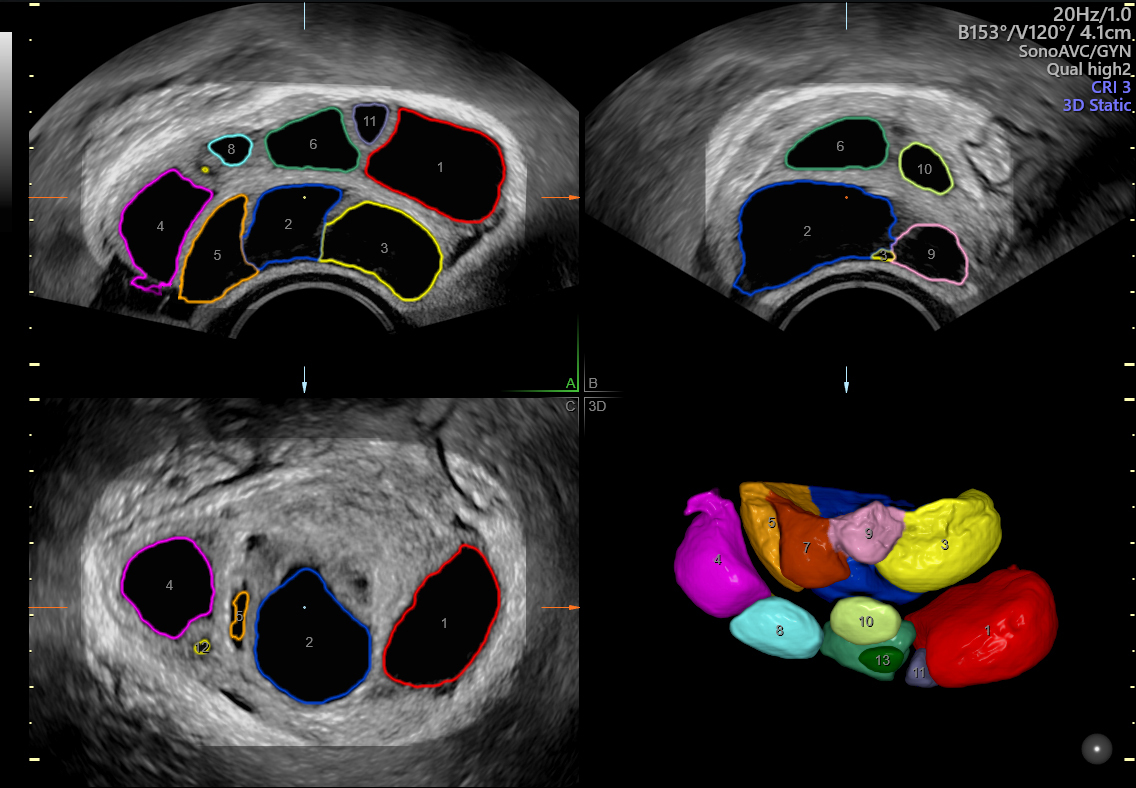The success rates of the hormone clomiphene citrate, also known as Clomid, are widely documented: A bulletin published by Wolters Kluwer reports that among individuals who do not ovulate regularly, ovulation occurs in approximately 8 in 10 patients who take the drug for up to three cycles and leads to a pregnancy rate of 30 percent to 40 percent among all those who take it.
Despite its demonstrated success, however, prescribing Clomid without some degree of ultrasound monitoring may not be the best treatment strategy. Some clinicians have even remarked that the practice has negatively impacted reproductive medicine by contributing to multiple gestations that put both patients and babies at risk.
It is recommended that people using Clomid be monitored for multiple reasons, including to assess ovulation and to time trigger shots, intrauterine insemination (IUI) or intercourse. The Royal College of Obstetricians and Gynaecologists and the National Institute for Clinical Excellence both recommend ultrasound monitoring, and a literature review published in the Journal of Obstetrics and Gynaecology upheld their recommendation.
Although it's optimal for all patients on clomiphene citrate to receive regular ultrasounds, there are some populations who may benefit from particularly diligent monitoring.
How Ultrasound Helps Time Hormone Treatment
Providers often require ultrasound during clomiphene treatment to accurately and quickly measure follicles for the proper timing of human chorionic gonadotropin injections prior to IUI, IVF or sexual intercourse.
In these instances, diagnostic tools such as Voluson's SonoAVCTMfollicle on VolusonTM ultrasound systems can save time and reduce the risk of manual error by automating follicle counts and measurements. Operators simply select an ovary, launch the scan, and they get a display of follicles of certain sizes within approximately six seconds.
"With the touch of a button, I have all these measurements," says Dr. Angela Palumbo about SonoAVCTMfollicle, which she uses for fertilization planning at her practice Centro de Fecundación In Vitro FIVAP in Tenerife, Spain. "Not having to measure each follicle has been a huge advantage for me. Manual measurements are very challenging, especially when multiple follicles are present. People get lost and have to start over from the beginning. It's possible to miss a follicle or measure the same one twice."

Follicle measurements using Voluson SonoAVCTMfollicle
Using Ultrasound to Prevent Multiple Births
Other examples of when ultrasound may be especially appropriate during Clomid treatment include when patients have preexisting ovulation conditions that may exacerbate risks inherent in fertility treatment.
According to guidelines from the National Institute for Health and Care Excellence, patients with World Health Organization Group II ovulation disorders — such as polycystic ovary syndrome — should be monitored via ultrasound when taking Clomid, at least through the first cycle. This helps ensure that only one or two follicles are developing and reduces the increased risk of multiple gestations.
These precautions are due to the rare but known incidences of hyperstimulation and multiple gestations among patients prescribed Clomid. One meta-analysis in The Cochrane Database of Systematic Reviews attributes a hyperstimulation incidence rate between 0.5 percent and 2.5 percent for patients taking either clomiphene or letrozole, down from a 6 percent incidence rate associated with gonadotropin‐releasing hormones.
For patients who go on to conceive, Clomid has been associated with multiple gestations in as many as 12 percent of patients. One New England Journal of Medicine study found a 9 percent incidence rate of twins but did not have any instances of triplets among the 85 Clomid-prescribed patients who had fetal activity. Earlier data from the American Society for Reproductive Medicine and Clomid's FDA label indicate rates of 5 percent to 12 percent for twins and 0.5 percent for triplets. These rates exceed natural averages of 0.4 percent and 0.01 percent, respectively, for twins and triplets.
Monitoring: When and Where It Counts
Though Clomid's effects on ovulation and pregnancy rates are well known, and its popularity among patients continues to grow through word of mouth, the drug certainly does not guarantee success in all patients. Pairing Clomid with ultrasound monitoring can help optimize treatment and boost outcomes.
Given the risks of multiple births and the importance of getting the timing right for fertilization, every practitioner benefits from having a comprehensive suite of tools and techniques to assess ovulation and follicle growth. Having ultrasound at the ready can make all the difference.


